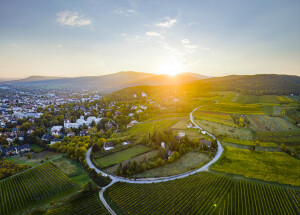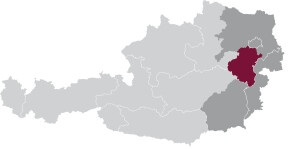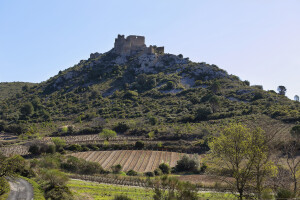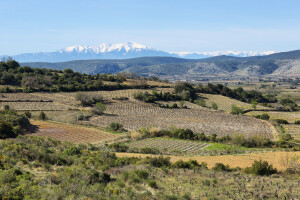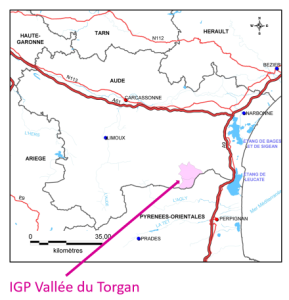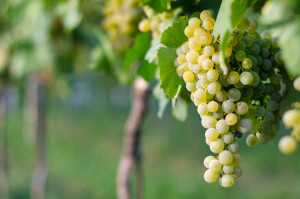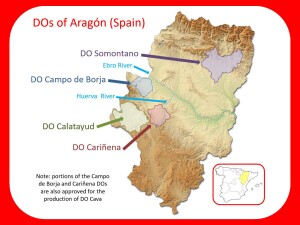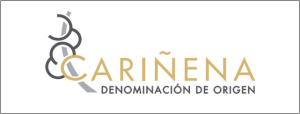The headline (linked to the Wines of Austria website on May 30, 2023) reads, “All wine-growing regions of Austria now in the DAC system.”
That’s quite a statement, and it lets us know that Thermenregion—the last of Austria’s quality wine regions to do so—will be classified as a Districtus Austriae Controllatus (DAC) with the release of the 2023 vintage. The process of converting Austria’s wine regions to DACs began over 20 years ago with the intention to protect wine that exhibits a character unique to the winegrowing region. In other words, Austria is stepping up to protect their wines in terms of terroir, tradition, and regionality; and all of the country’s Weinbaugebiete (a total of 18 at last count) are now DACs.
The wines of the Thermenregion DAC will include three quality-level designations, each with its own list of allowed grape varieties and standards for the wine. These will be as follows (listed in order starting with the highest quality level):
- Riedenwein (from an approved single vineyard):
- Allowed grape varieties include: (white) Pinot Blanc, Chardonnay, Rotgipfler, and Zierfandler; (red) St. Laurent and Pinot Noir
- Minimum 12.5% abv
- Must be dry (maximum of 4 g/L of residual sugar)
- Ortswein (wine from a specific village or municipality, to include Perchtoldsdorf, Gumpoldskirchen, Tattendorf, Wiener Neustadt, and Bad Vöslau):
- Allowed grape varieties include: (white) Pinot Blanc, Chardonnay, Rotgipfler, Zierfandler, and Pinot Gris; (red) St. Laurent, Pinot Noir, and Zweigelt
- Minimum 12.5% abv
- May be dry or sweet (as Auslese, Beerenauslese or Trockenbeerenauslese)
- Gebietswein (wine from anywhere in the region):
- Allowed grape varieties include: (white) Pinot Blanc, Chardonnay, Rotgipfler, Zierfandler, Pinot Gris, and Neuburger; (red) St. Laurent, Pinot Noir, Zweigelt, and Blauer Portugieser
- Minimum 12% abv
- Must be dry and without overt wood character
Wine made from grapes grown in the Thermenregion area that does not comply with these standards may use a different designation or region of origin on its label such as Qualitätswein of Niederösterreich (Lower Austria).
References/for more information:
- https://www.austrianwine.com/presse-multimedia/news-2023/news/article/austrias-thermenregion-finalises-the-dac-implementation-phase
- https://www.oesterreichwein.at/presse-multimedia/pressetexte/news/article/thermenregion-finalisiert-dac-prozess-in-oesterreich
- https://magazine.wein.plus/news/all-wine-growing-regions-of-austria-now-in-the-dac-system-thermenregion-defines-wines-typical-of-their-origin
- Herkunftssysten Thermenregion (Quality Pyramid of The Thermenregion via Wines of Austria)
Post authored by Jane A. Nickles…your blog administrator: jnickles@societyofwineeducators.org
